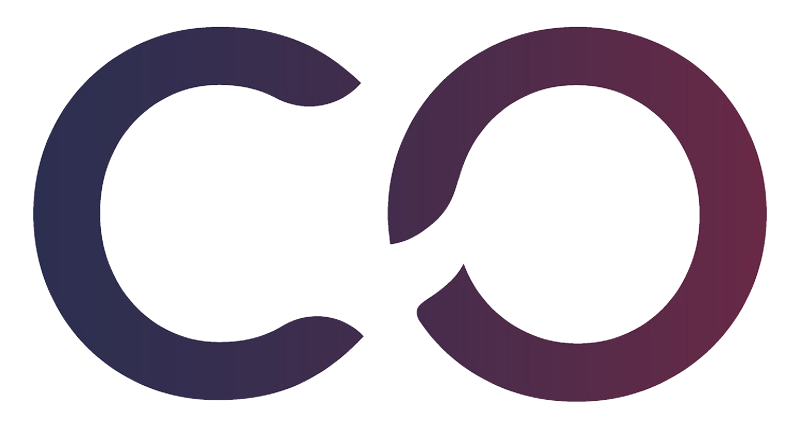Services Requested: Scholar Editing, Formatting, Submission
Result: Accepted and Published
In 2021, the author initially requested Scholar Editing (SE), Formatting (FOR), and Submission (SUB) services to substantively revise the manuscript’s contents and formats, ensuring guideline adherence and extensive content review. However, in 2022, we received information that the client wanted to have the manuscript reformatted following a different journal’s guidelines for potential resubmission.
Clients’ Title and Background:
- Jinyoung Park, MS Electrical Engineering; Senior Researcher, Electrical Safety Research Institute. Korea Electrical Safety Corporation (KESCO), South Korea
Service Requested:
- Scholar Editing (SE)
- As one of the core services of Journal Lab, the manuscript is edited, ensuring logical flow, accuracy, and proper data presentation. The assigned editor, an expert in Engineering, provides an in-depth review of the manuscript and recommends necessary changes for the author to review and address. Clarifications on the content are also made during the editing stage.
- Formatting (FOR)
- Manuscripts are prepared following a target journal’s recommended format, including any additional files required for submission, such as cover letters detailing some critical information about the study’s objectives, proposed empirical methods, significance, and limitations, ensuring suitability to the target journal’s aims, scope, and readership. The research figures were also reviewed for their adherence to the journal’s artwork requirements.
- Submission (SUB)
- The client’s manuscript is submitted to the target journal, with its submission status being checked biweekly by the assigned editor for any decision or revision request. To ensure “zero friction,” editors assist the client during the manuscript resubmission.
Manuscript’s Subject Category:
- Technology – Materials Science
Manuscript’s Research Purpose:
- “The microstructure of molten marks changes according to ambient temperatures when a short circuit occurs. Investigation of microstructural changes is important for understanding the properties of copper and examining the cause of a fire.”
Target Journal:
- MDPI Materials
Timeline:
- 4/26/2021: Project received, including services availed by the client
- 4/28/2021: Completed manuscript preparation, including editing and formatting.
- 5/24/2022: Client requested FOR and SUB as the project was previously rejected
- 5/27/2022: Completed manuscript formatting, including the preparation of supplementary materials.
- 5/30/2022: Received client’s revisions to the manuscript after providing some necessary information for journal submission
- 5/30/2022: Finalized the files for submission and uploaded them to the submission portal for the client’s final review
- 6/14/2022: Received information from the journal concerning the journal’s feedback on the client’s manuscript
- 6/16/2022: Completed follow-up revisions from the client, including revising the response letter to be submitted with the revised manuscript
- 6/28/2022: Manuscript published in MDPI Materials
Challenges:
- Provide the composition and microstructure information of the copper wire used in the study
- Revise a graph to improve data presentation
- Discuss and cite published studies related to the current study
- Describe the study’s methodology extensively and include specific details related to the samples
- Justify why the conducted experiment mimics the real conditions of the fire
Solutions:
- Revised the Materials and Methods section to include the composition and microstructure information of the copper wire
- Updated the data presentation to improve how the results are visualized
- Added more published studies related to the current study to highlight research gaps the current study aimed to address
- Specified information related to the samples improving how the methodology captures all the necessary details for the study and its potential replicability
- Provided sufficient justification of the experimental conditions wherein the fire’s real conditions were mimicked
Results:
- Prepared and formatted the manuscript following the target’s journal guidelines, including additional files like a cover letter, disclosures, and biographies
- Provided support to clients during manuscript submission and revision stages
- Addressed additional revisions from the client before manuscript resubmission
- Confirmed successful publication of the client’s manuscript

